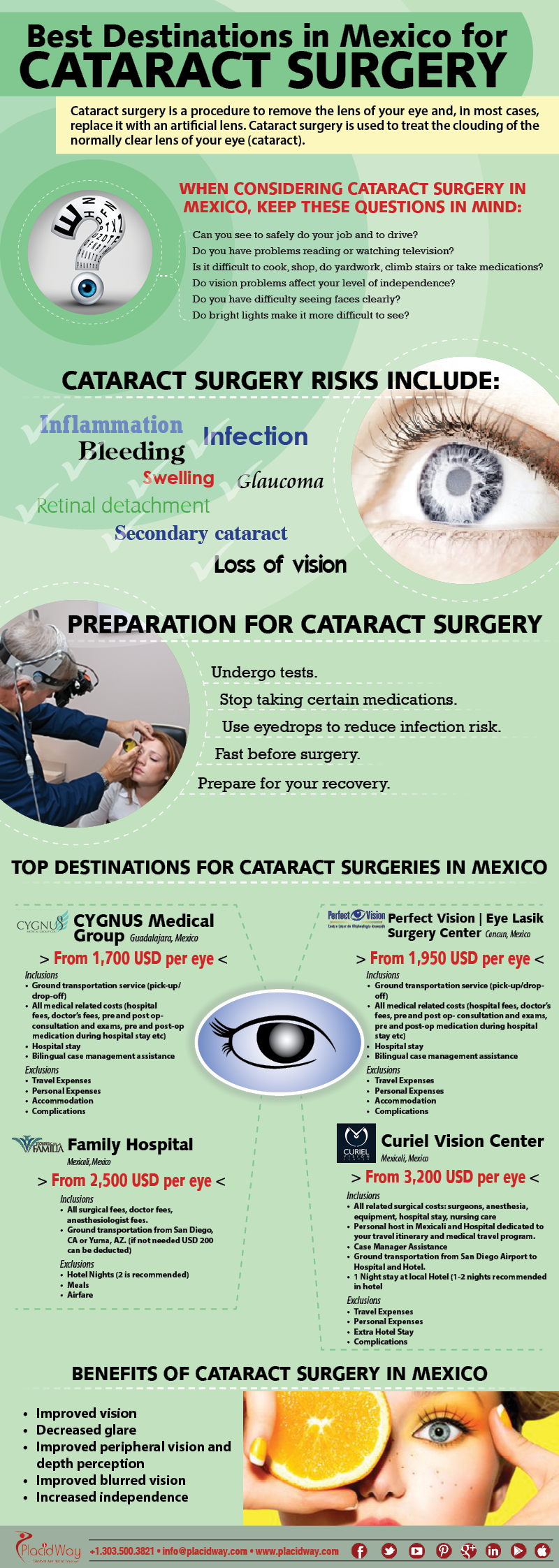This Post Goes Over The LASIK Alternatives For Thin Corneas

Authored by-Riggs Whitehead
There are many people that have actually been informed they can not qualify for LASIK eye surgery due to poor corneal thickness. Thankfully, there are various other refractive surgical procedure choices for them to consider.
These brand-new treatment alternatives are much more efficient than LASIK at dealing with particular sorts of vision issues and also minimizing the need for glasses or calls. They're additionally extra economical than LASIK!
1. PRK
LASIK is a popular laser vision correction surgical treatment, yet not everyone is an optimal candidate for it. This is particularly real for those with thin corneas or those who take part in energetic sporting activities or work in high-risk jobs that put them at a better threat of injury to their eyes.
Luckily, there are various other lasik choices that work and also safe for people that don't receive LASIK. One of these is PRK (photorefractive keratectomy).
Like LASIK, this treatment intends to permanently fix your refractive error. It likewise permits you to lower or remove the requirement for glasses and contacts.
2. ASA
If you're thinking of LASIK yet have completely dry eyes or thin corneas, ASA (Advanced Surface area Ablation) may be the right alternative for you. This laser vision improvement method reshapes the outer layer of your cornea, allowing your cosmetic surgeon to utilize an excimer laser to correct your eye's refractive error.
ASA is a more advanced version of PRK, or photorefractive keratectomy, which was the predecessor to LASIK and also was first accepted by the FDA in 1995. Throughout https://www.benzinga.com/money/cheap-health-insurance-in-michigan/ , your epithelium is detached, moistened with a watered down alcohol solution, as well as folded up back, before the excimer laser improves the cornea.
ASA has less risks than LASIK or PRK, as well as it normally takes a much shorter recovery period. Nonetheless, there are some adverse effects that ASA clients may experience, consisting of post-operative discomfort and discomfort, undercorrection or overcorrection, and night vision disruptions.
3. Refractive lens exchange
For people that are significantly nearsighted or farsighted and also can not undertake laser vision adjustment procedures such as LASIK or PRK, refractive lens exchange is a great alternative. This treatment is carried out by changing your all-natural lens with a special intraocular lens (IOL) that remedies your refractive error and also eliminates the need for glasses or calls.
If you suffer from presbyopia, an age-related eye problem that creates you to have trouble seeing at close ranges, Refractive lens exchange is the best option available to you. This is since LASIK can not properly remedy this eye trouble as it deals with the cornea.
For many people, the aging procedure creates the lenses in their eyes to lose versatility and also end up being much less adaptable. This creates problems concentrating on up close objects such as reading as well as dialing phones.
4. Monovision
Monovision is a method of vision modification that makes use of a contact lens to remedy for both near and far ranges. It is most generally used to treat presbyopia, which is a common eye condition that occurs as individuals age.
It can additionally be an option to LASIK in some individuals. With monovision, one eye is remedied for distance vision and also the various other is corrected for close-up vision (near vision).
Many people that make use of monovision call lenses do not need reading glasses or glasses. Nevertheless, this is not always the case.
In a small number of instances, it can be needed to wear glasses when collaborating with fine detail or concentrating on close-up items.
Surgical options for monovision consist of laser surgery as well as intraocular lens insertion. In the short term, monovision may be tried with get in touch with lenses to identify if it is appropriate for a client.

